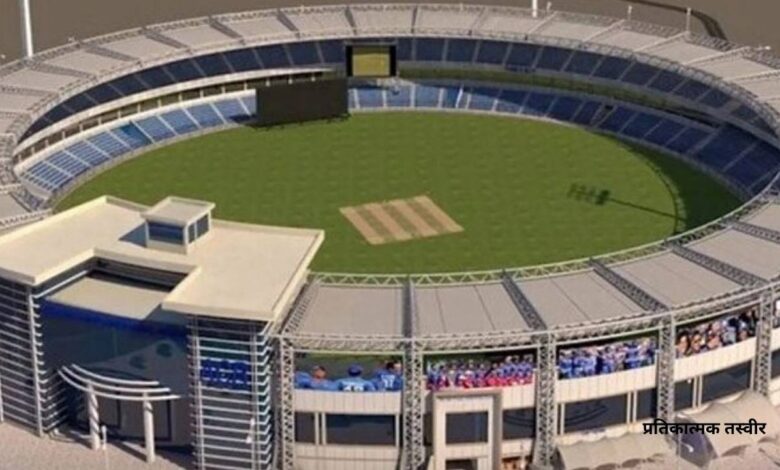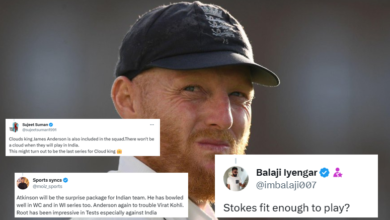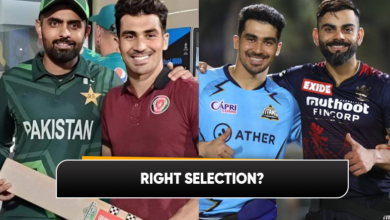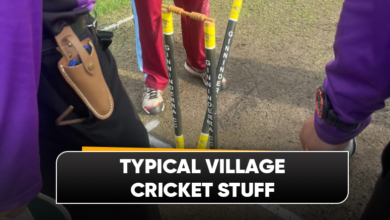Prime Minister Narendra Modi’s parliamentary constituency Varanasi is going to be an international cricket stadium

A big dream of Uttar Pradesh Cricket Association i.e. UPCA is going to come true soon. Like various state cricket associations of the country, now the UPCA will also have its own stadium. An international cricket stadium is going to be built in Varanasi, the parliamentary constituency of Prime Minister Narendra Modi. For this, the Government of Uttar Pradesh and the Board of Control for Cricket in India (BCCI) will help the UPCA.
An international cricket stadium will be built in Varanasi at a cost of about Rs 345 crore. For this, the UP government is providing the land while the Uttar Pradesh Cricket Association (UPCA) will build it. BCCI gives subsidy of Rs 80-90 crore to each state cricket association on stadium construction and thus UPCA will also get this amount from BCCI.
According to a top BCCI official, Secretary Jay Shah and Vice President Rajeev Shukla visited the historic ground at Ganjari in Rajatalab tehsil on Sunday. BCCI and UPCA found that land suitable for the stadium. There will be an official announcement of construction soon. Earlier, the Union Sports Minister and Jay Shah came to Benares to see the land but they did not like the land.
The Green Park in Kanpur in Uttar Pradesh and the Ekana Stadium in Lucknow are not owned by the UPCA. The Green Park belongs to the state government which has been taken on lease by the UPCA from the government. Whereas ICANA is built on the PPP (Public Private Partnership) model. The matches that the UPCA receives from the BCCI include Test matches in Kanpur and ODI and T20 matches at the Ekana Stadium.
UPCA will have its own stadium in Banaras so most of the matches will be held there. A BCCI official said, “Currently we are looking at a stadium with a capacity of 30,000 to 35,000 spectators in Varanasi, whose capacity beyond that capacity would not be suitable in eastern Uttar Pradesh.
(function (d, s, id) {
var js, fjs = d.getElementsByTagName(s)[0];
if (d.getElementById(id))
return;
js = d.createElement(s);
js.id = id;
js.src=”https://connect.facebook.net/en_GB/sdk.js#xfbml=1&version=v3.2″;
fjs.parentNode.insertBefore(js, fjs);
}(document, ‘script’, ‘facebook-jssdk’));






